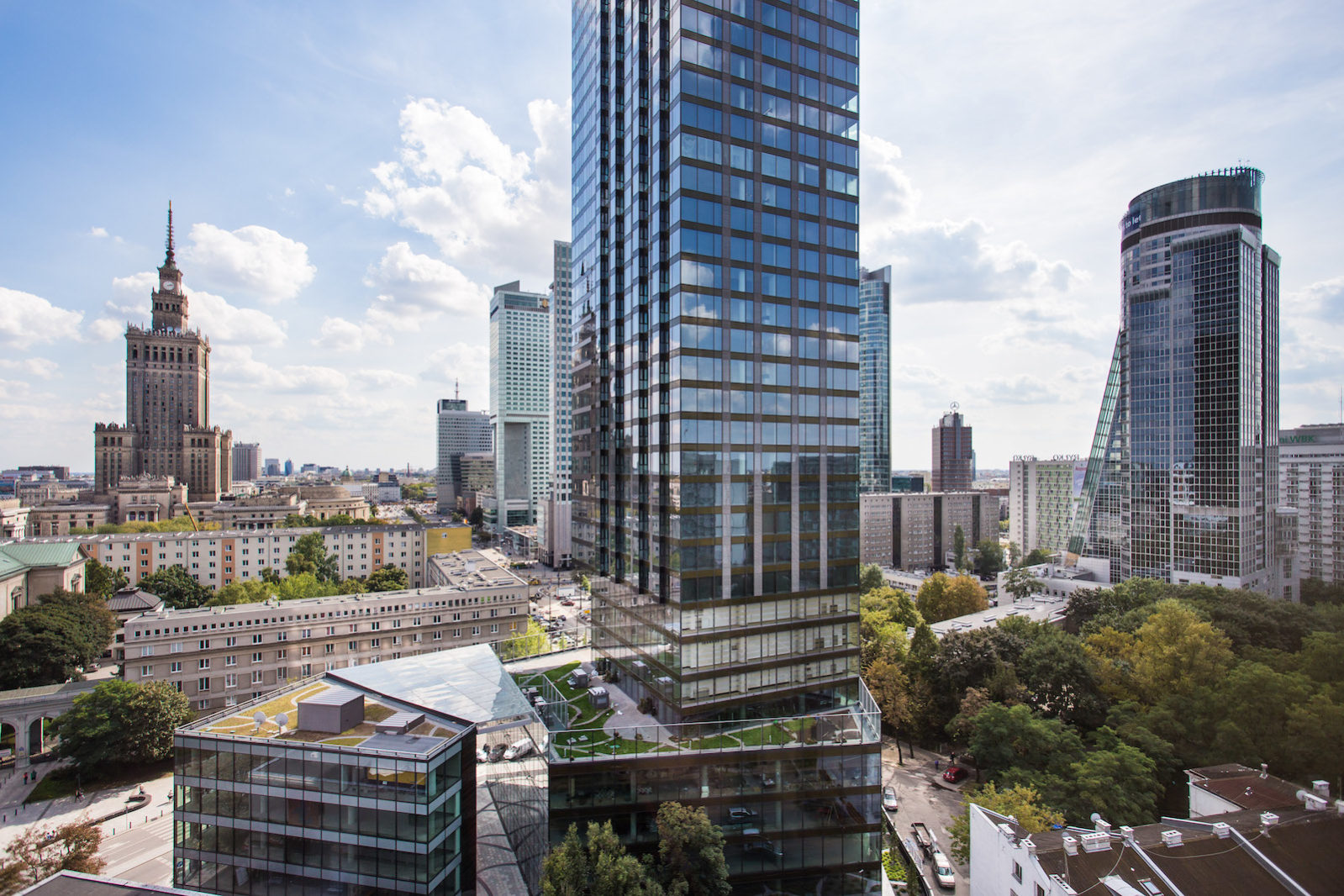Speaking in terms of its luxury residential real estate sector, Poland hasn’t always enjoyed the loudest presence on stage. However, an increasing number of signs suggest that the country is finally starting to find its voice, particularly in the cities of Warsaw and Krakow.
But not all is what it seems. “It’s quite important to define what is actually meant by luxury,” warns Robert Watkins of Hamilton May, “people in Poland like to attach the word luxury to a project, but quite often that’s not entirely reflected by the end product.” So just what is it? In short, these trophy purchases offer architectural distinction, a prime location and the latest advances in design technology. Marketed at ‘the top 1%’, these blue ribbon developments have completely re-imagined how the wealthy live and have become a benchmark in urban living. “Five years ago you just wouldn’t have found complexes such as Cosmopolitan in Warsaw or Angel-Wawel in Krakow,” says Robert Watkins, “they’re totally different to what’s come before.”
Adopting an almost American style and methodology with regards to facilities and ‘user experience’, these are developments that celebrate and marry concepts of status and living standards. Featuring strong lifestyle elements, trimmings such as concierge services, swimming pools, art spaces and screening rooms have become more of a rule than an exception: it’s the details that count when attracting high net-worth individuals.
“I bought into the Cosmopolitan at the beginning,” comments one of Hamilton May’s clients, “and I’ve watched the building come to life with the careful creation of a micro-community – cognac nights, exhibitions, wine tasting evenings and the like have all given the tower a sense of home, whilst the retail spaces around have been purposefully leased to tenants targeting us: taken as a whole this has all added further value and lifestyle appeal to the development.”
Despite starting prices of PLN 17,000 sq/m in Krakow and PLN 20,000 sq/m in Warsaw, interest in ‘super lux’ condos such as Cosmopolitan has surged. In part, much of this stems from the general sense of economic prosperity: “people as a whole,” says Watkins, “are more comfortable than ever when it comes to investing in expensive things.” Yet this is not the sole factor driving demand. Outside of the domestic realm, a growing number of foreigners – many with either business or family links to Poland – are seeking to tie down roots in the nation’s big cities, and these cross-border buyers are part of a wider global trend. “International buyers will always look to expand their portfolio,” says Watkins, “and compared to what they’re used to back home, Poland is a comparatively cheap investment.”
The rise of luxury real estate has not attracted individuals alone. In the past days the Polish residential market has seen some groundbreaking investment conducted by foreign institutional investors. Most notable has been the acquisition of 72 apartments in the iconic Złota 44 tower by Catella Real Estate AG – the first transaction of such scale in the luxury segment in Warsaw. “These kind of people don’t enter the market without first doing a great deal of research,” says Watkins, “so seeing institutional investors block-buying luxury residential properties is a healthy indication that we’re heading in the right direction.”
With offices located in the heart of the action, Hamilton May have closely followed the emerging luxury market and built strong ties with the developers so as to keep their finger on the pulse. Even at this early stage, it is clear that Poland stands at the beginning of a steep curve. “We foresee the continued activity of funds investing in residential properties to hold for rental purposes,” says Watkins, “and a gradual transition of the markets to emulate more developed economies where bulk landlords hold a high proportion of rental stock.”
The above is especially true in Warsaw’s CBD where the arrival of even more global companies – and all they entail – is set to add further fuel to the residential market. “Already there are more super luxury schemes in the pipeline,” concludes Watkins, “and we will be closely watching the progress of the pioneer projects – with prices likely to converge on similar standard schemes in other leading European countries, the Polish luxury market is obviously a good long term investment.”
